Will The LHC Be The End Of Experimental Particle Physics?
If there’s only one Higgs, no unexpected decays and no new fundamental, heavy particles, it might all be over.
“There is nothing new to be discovered in physics now. All that remains is more and more precise measurement.” –Lord Kelvin
At the end of the 19th century, our fundamental understanding of matter underwent a revolution. Whereas previously, matter was organized into a periodic table containing nearly 100 different elements, it was soon realized that what we considered to be the indivisible building blocks of nature — atoms (literally uncuttable in Greek) — were themselves made up of smaller particles.
With the atom, there were electrons throughout it, negatively charged. Soon after, the positively charged nucleus was discovered, followed by the individual discovery of protons and neutrons, which themselves turned out to be divisible into even smaller quantities: quarks and gluons.
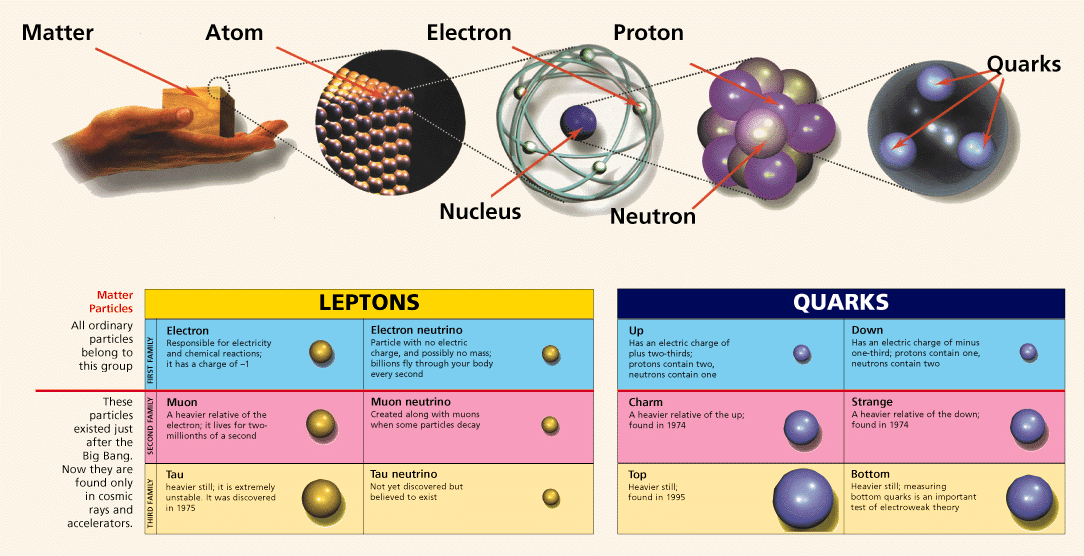
By time we reach the present day, we come to the revelation that all the matter we know of is made up of a slew of truly indivisible particles:
- six quarks and six antiquarks, coming in three colors apiece,
- three charged leptons and three neutral leptons (neutrinos), along with their corresponding antiparticles,
- eight gluons, which are responsible for the strong nuclear force,
- the photon, responsible for the electromagnetic force,
- the W-and-Z bosons, responsible for the weak nuclear force,
- and the Higgs boson, a single, solitary massive particle that arises as a consequence of the field responsible for the rest mass of all of the fundamental particles.
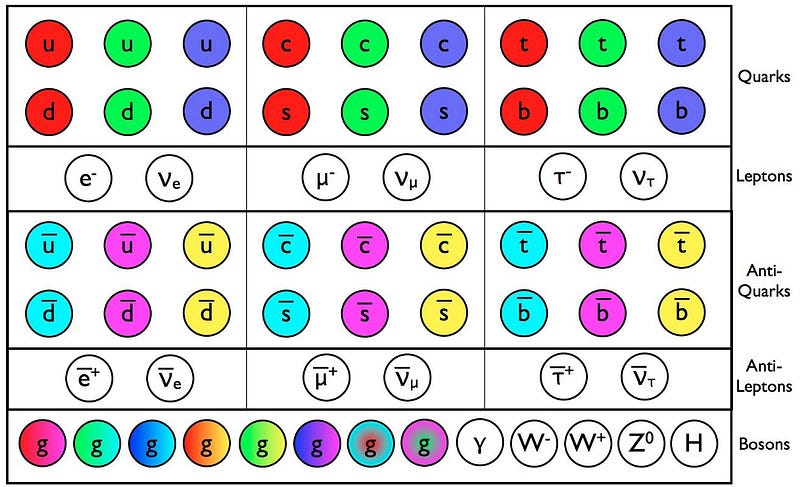
This is the Standard Model of particles and interactions, and with only a few notable exceptions, it describes everything known in the Universe. (The exceptions are the force of gravity, the existence and properties of dark matter and dark energy, and the origin of the matter-antimatter asymmetry in the Universe, among other, more esoteric ones.) The Standard Model works pretty perfectly, which is to say that in every experiment we’ve ever performed, and with every result we’ve ever observed, the predictions of these particles and forces, and their interactions, cross-sections, amplitudes and decay rates agree exactly.
This, in and of itself, is a problem.
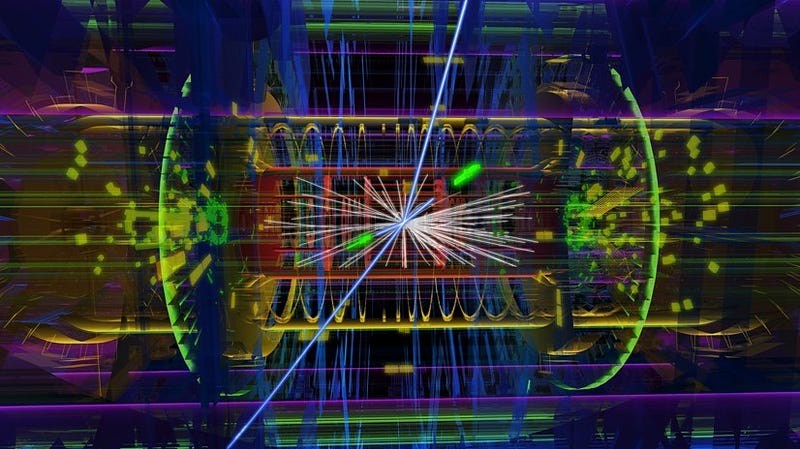
You see, there are some real unexplained problems in fundamental physics that physicists are hoping the Large Hadron Collider could shed some light on. Some of these were alluded to earlier, including:
- What is dark matter made out of, and what’s the particle responsible for it?
- Why do we see CP-violation in the weak interactions, but not in the strong interactions?
- What is the nature of the matter-antimatter asymmetry, and what are the baryon-number-violating processes responsible for it?
- And why are the masses of these fundamental particles (between 1 MeV and 180 GeV) so much less than the Planck scale, which is at an incredible 10^19 GeV?
If all we have is the Standard Model, then none of these questions have answers that we can know.
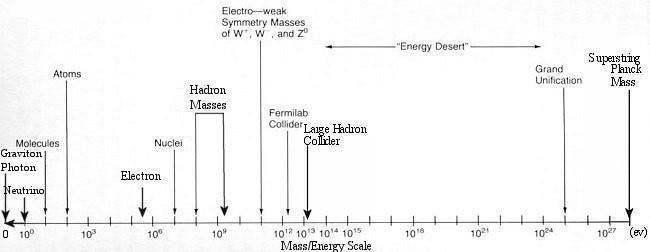
But there are plenty of theoretical extensions to the Standard Model that offer hope. In all the physically interesting scenarios we’ve devised, solutions to these problems all have two things in common:
- They indicate that, when we create the unstable Standard Model particles in great enough abundances, we will see them decay in ways that differ — repeatably and with immense statistical significance — from the predictions of the Standard Model alone.
- They all predict, at high enough energies, that there will exist new, fundamental (indivisible) particles not found in the Standard Model.
Options for what physics might lie beyond the Standard Model include supersymmetry, technicolor, extra dimensions and more. But these options are only interesting — from the perspective of an experimentalist, rather than a theorist — if they leave a signature that can be detected by the experiments we can perform.
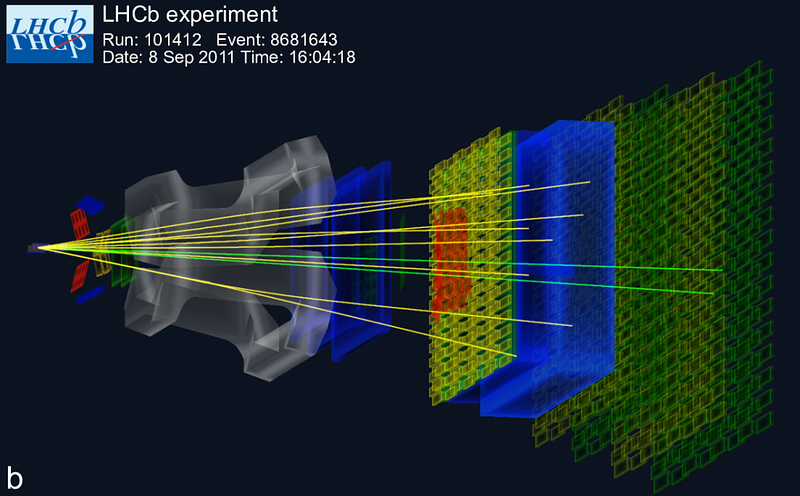
At the LHC, that means that deviations from the predicted Standard Model decay rates need to be within reach of the experiments in question. If the Standard Model predicts that, say, a particle should decay into a tau lepton with a branching ratio of 1.1 × 10^-6 and a muon lepton with a branching ratio of 1.8 × 10^-5, that means you have to create at least tens of millions of that particle and observe its decays precisely to make that measurement.
Because if you “only” create ten million of those particles and observe that 180 of them decay into muons and 14 of them decay into taus, you can’t conclude that you’ve found physics beyond the Standard Model; you don’t have sufficient statistics.
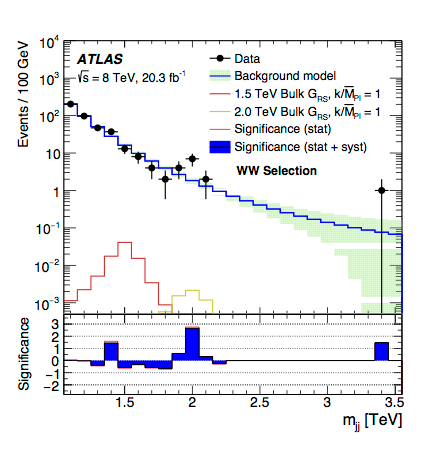
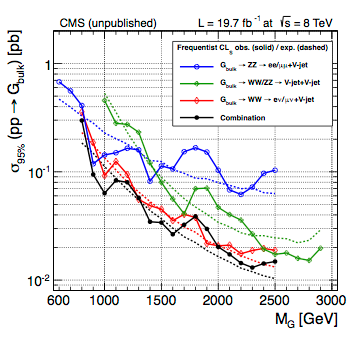
This is incredibly difficult when you consider that we’ve only taken detailed measurements of on the order of thousands of events where we’ve created the heaviest fundamental particles: the Higgs boson and the top quark. If we could build a “factory” for creating these particles, we could measure their decays to the (practically) arbitrary accuracies we like, which is what a proposed high-energy electron-positron collider would be: the ILC (International Linear Collider).
But this is only likely to happen if the LHC first finds robust evidence that either these non-Standard Model decays exist, or of the existence of new particles. And theories that solve the aforementioned problems predict both.
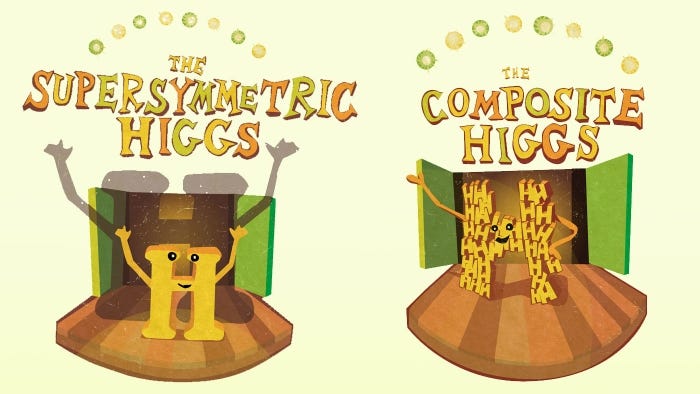
The problem is, the evidence we have for beyond-the-Standard-Model physics is incredibly weak: it’s of the statistical significance level that’s inconsequential in this field. The only reason people get excited about these preliminary results is that there’s literally nothing else to get excited about. If there’s only one Higgs particle found at the LHC, then either supersymmetry isn’t real, or it’s at energy scales that are irrelevant to solving the puzzles it was designed to solve. Moreover, if there are no new particles found below about 2–3 TeV in energy — particles that the LHC should detect if they’re present — it’s a reasonable assumption that there might not be anything new to find until energy scales of 100,000,000 TeV or more.
And even if we build a particle accelerator to the fullest capacity of our technology around the equator of the Earth, we still couldn’t reach those energies.
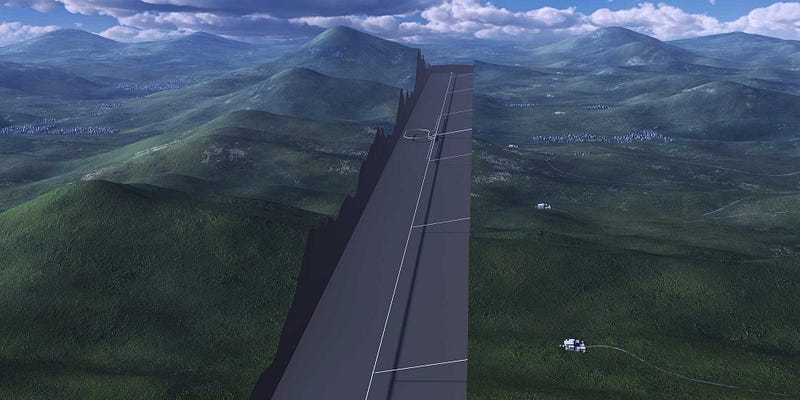
It’s no stretch to predict that you’re going to see a flurry of articles, presentations and talks over the coming few years on the topic of, “Have we found the first signs of particle physics beyond the Standard Model?”
And if the answer is, “not definitively,” have this be the takeaway: the Standard Model might be all our particle colliders can access in our lifetime. It’s not the new, exciting discoveries that are going to get headlines or win Nobel Prizes, but sometimes, it’s what nature gives us. Better to accept the disappointing truth than believe in a sensationalist lie.
Leave your comments on our forum, and support Starts With A Bang on Patreon!





